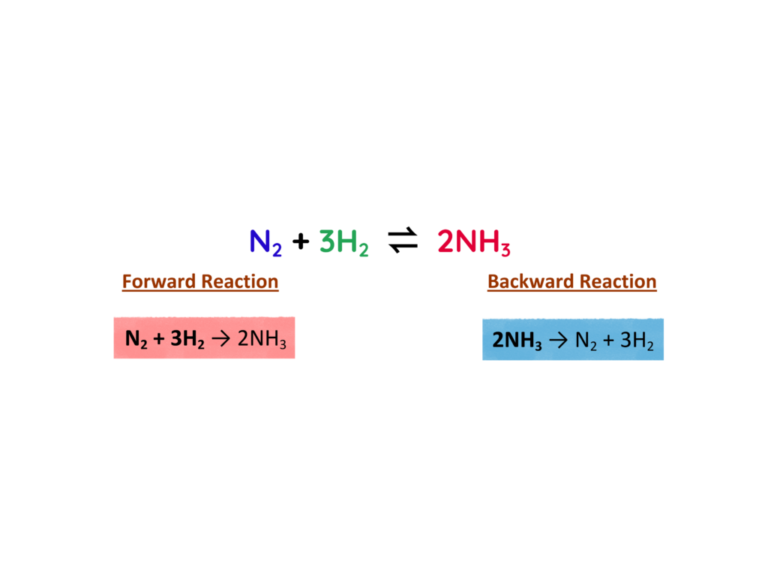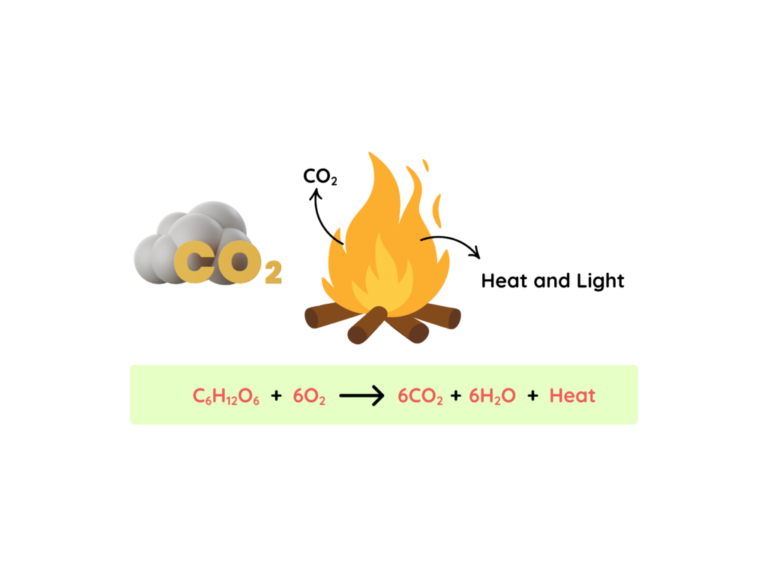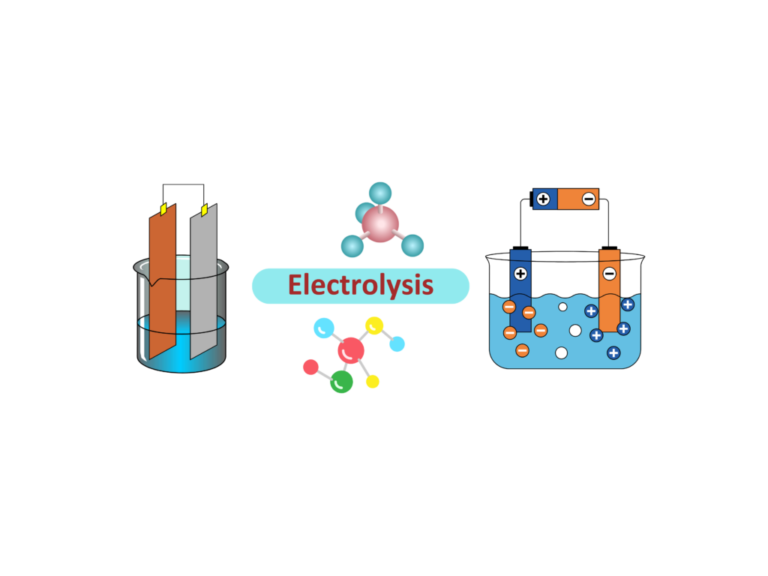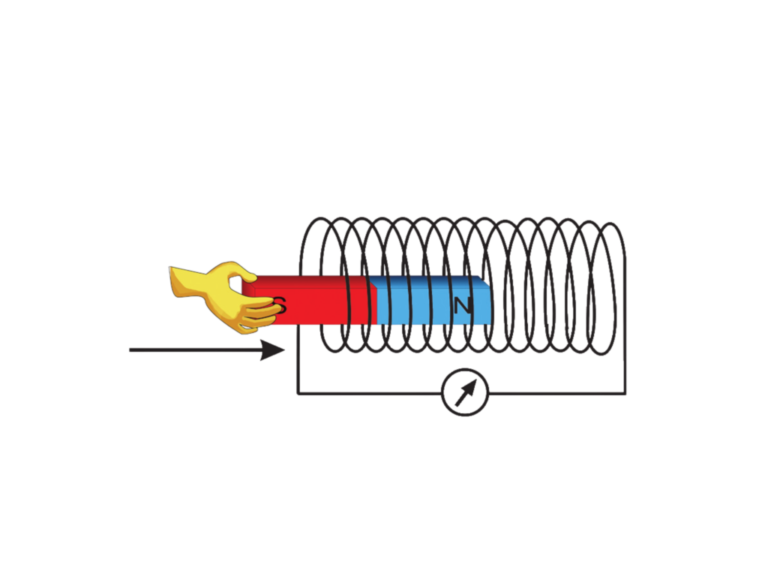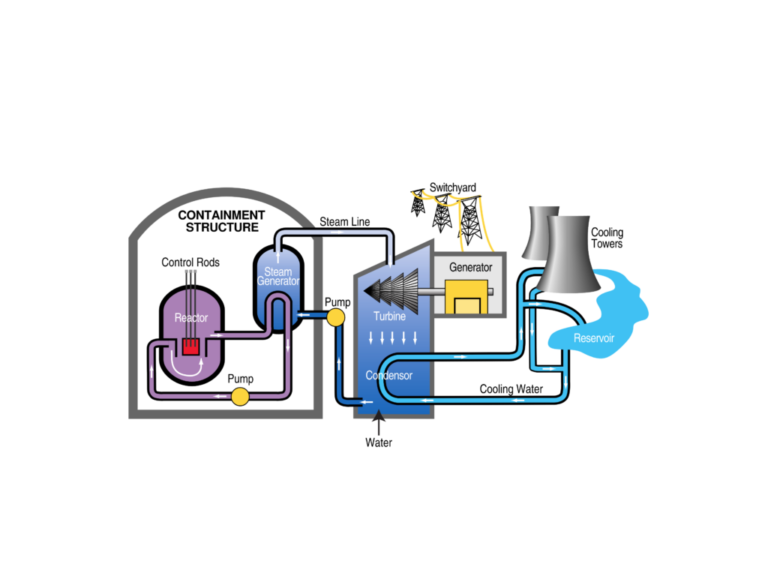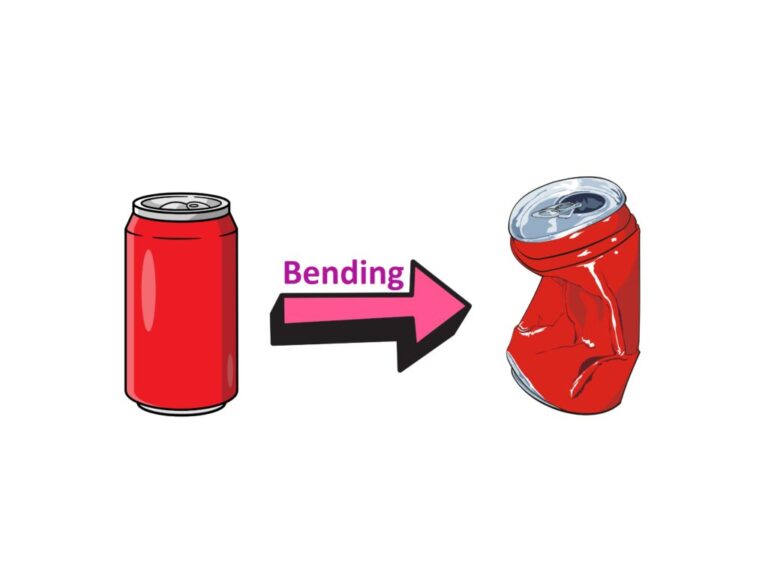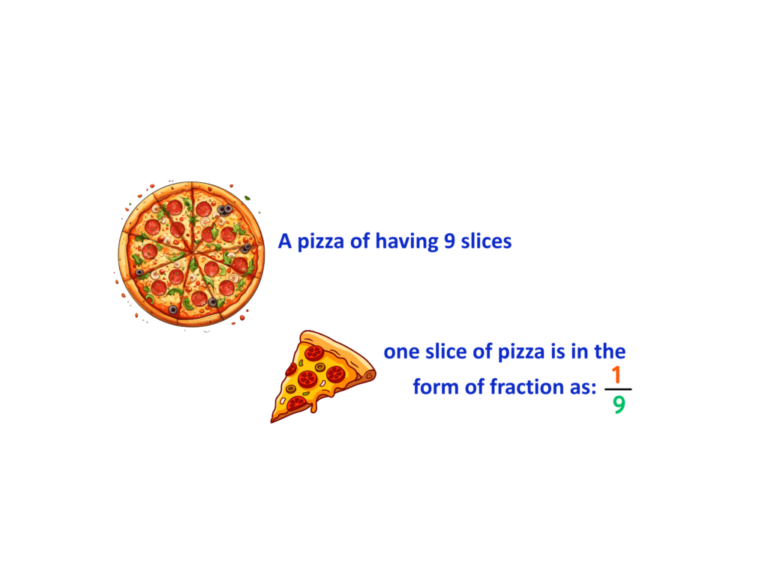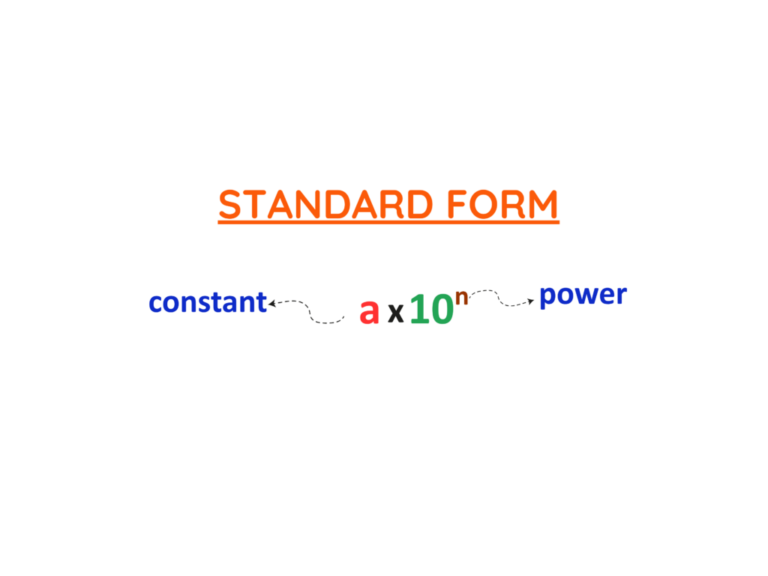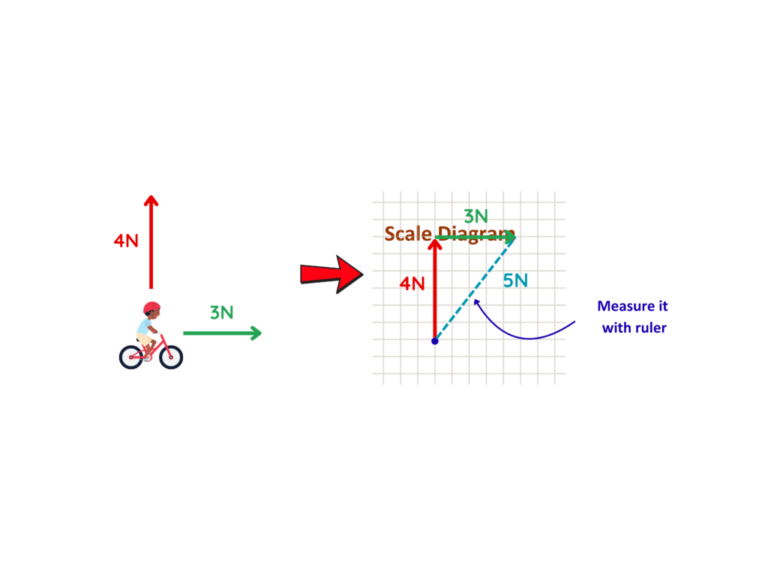Reversible reactions and equilibria: Step-by-Step Examples
Reversible reactions and equilibria – GCSE Chemistry Practice Questions Downloads Introduction In many chemical reactions, the reactants change into products, and the products can also change back into the reactants again under certain conditions. These reactions are called reversible reactions. Reversible reactions are important because- In Industries: These reversible reactions help industries to control conditions…


